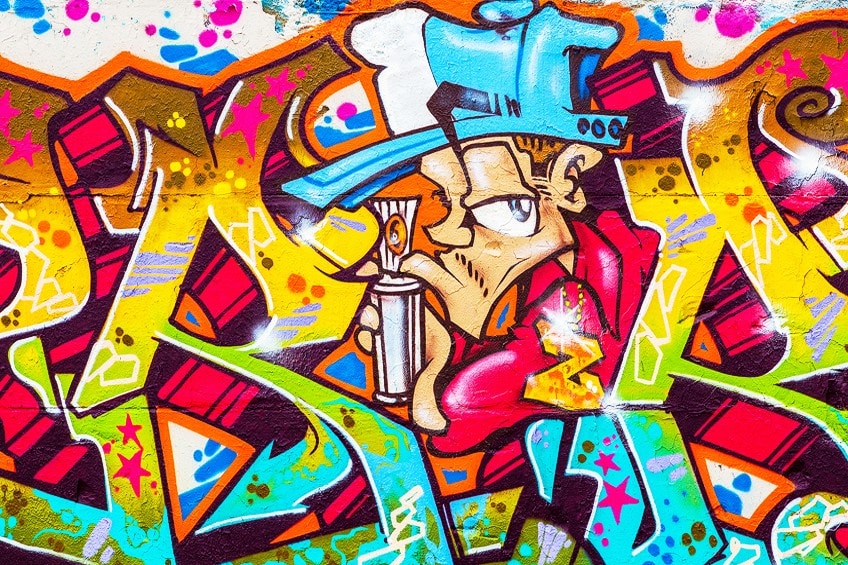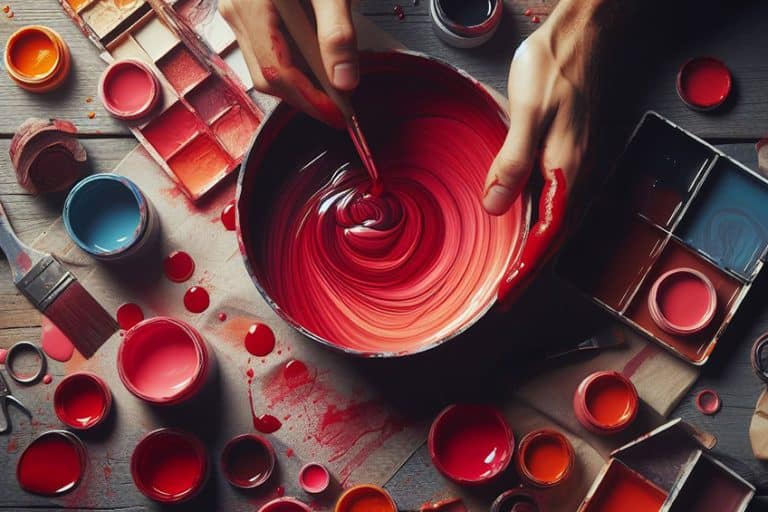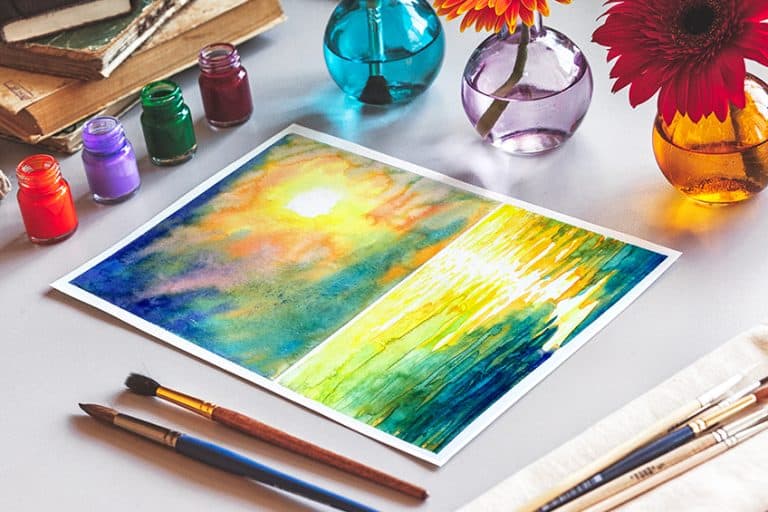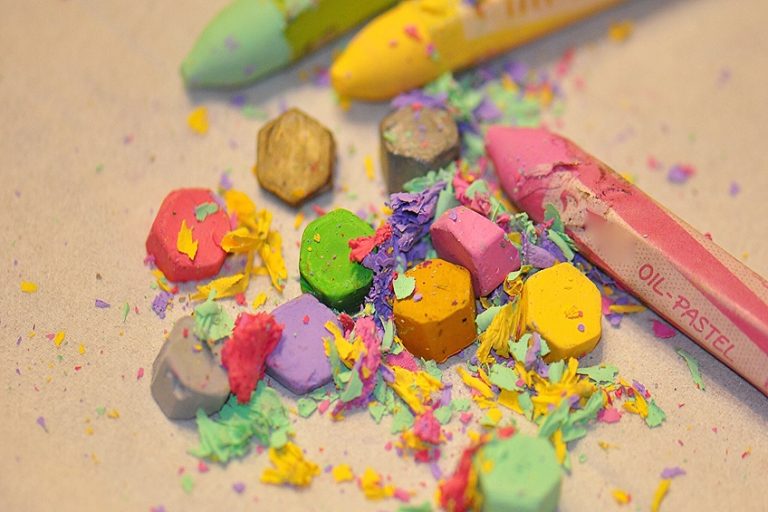Graffiti Styles – Discover the Different Types of Graffiti Tag Styles
Graffiti has changed and evolved over the years in many ways. The change in social reception of the art form has gone through various stages as the art form has transitioned from criminal activity to a complex and interesting art form. The art form has also changed its utility, for a long time, graffiti was used as a tool to resist governmental structures and provide social commentary on systemic issues. Graffiti was also used as a visual tool for anti-war strategies, used to create a visual description of public opinion. However, as times have changed, so has art, and graffiti is now utilized for various creative reasons such as mural art, digital design, graphic design, hand lettering, fine art, and foreign attractions. Some governments and larger corporations now commission graffiti artists to make larger works that function as a marketing ploy or as a feature to bring color and visual quality to cityscapes. There are many interesting types of graffiti styles to explore and see how they are used today, but we first need to know what graffiti is.
What Is Graffiti?
Because graffiti has changed over the years and now is utilized in various contexts, the description of graffiti as a text-based artwork that is created on walls with either spray paint or other mediums doesn’t quite work. Perhaps in its earlier forms, one might say it was like the modern version of hieroglyphics, using text and images to communicate messages and narratives.
However, graffiti is now a term that refers to a font, letter, or writing style that can incorporate visual features that extend beyond just text.

Graffiti is more of a stylistic art form that is now utilized in various ways. Let us take a look at some different graffiti styles.
What Are the Different Graffiti Styles?
Graffiti is a versatile art form as it can be categorized as a genre of art styles, such as wildstyle graffiti or bubble graffiti. However, it can also be categorized as an action, where we see mural artworks on walls and other features found within a cityscape.
Since there are a few different graffiti styles, let us go through a few!
Graffiti Tag Styles
The most common form of graffiti is graffiti tag styles. Tagging is a type of graffiti that is generally done quickly which gives it a loose visual quality. Tags in graffiti are words, terms, or more common names that are spraypainted and are intended to exist in as many public spaces at once.
This type of graffiti is intended to represent the assumed identity of the artists and can be correlated with qualities of territorial behavior.
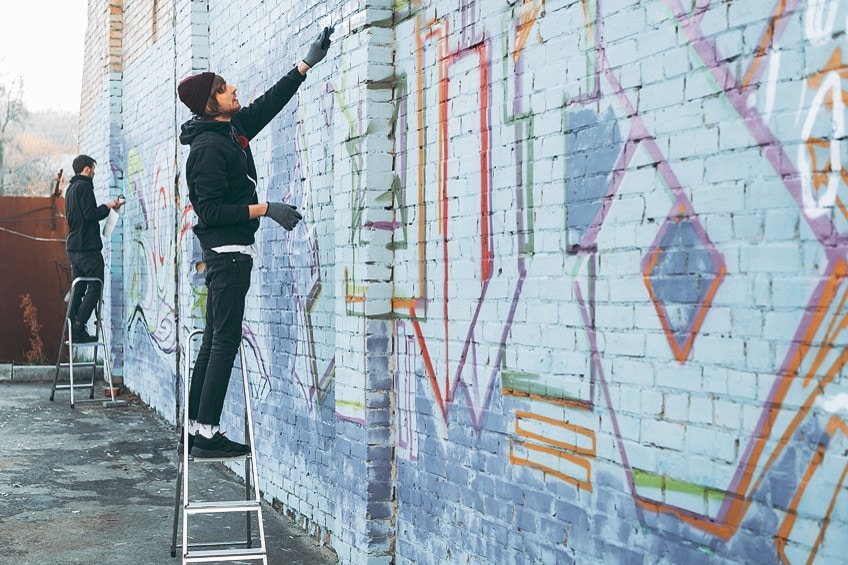
Beyond just text, tags can also be all kinds of visual features that can be identified as marks made by certain artists.
Wildstyle
Wildstyle is a more modern style of graffiti that really only became popular in the past two decades. Wildstyle is when the text is painted in such abstract ways that the text itself becomes more of an artwork. This makes the text hard to read and can incorporate various types of shapes the enhance the “wild” quality of the graffiti.
Wildstyle is a more abstract interpretation of texts and words, where letter formations can be entangled, overlapping, and formed in unconventional ways.
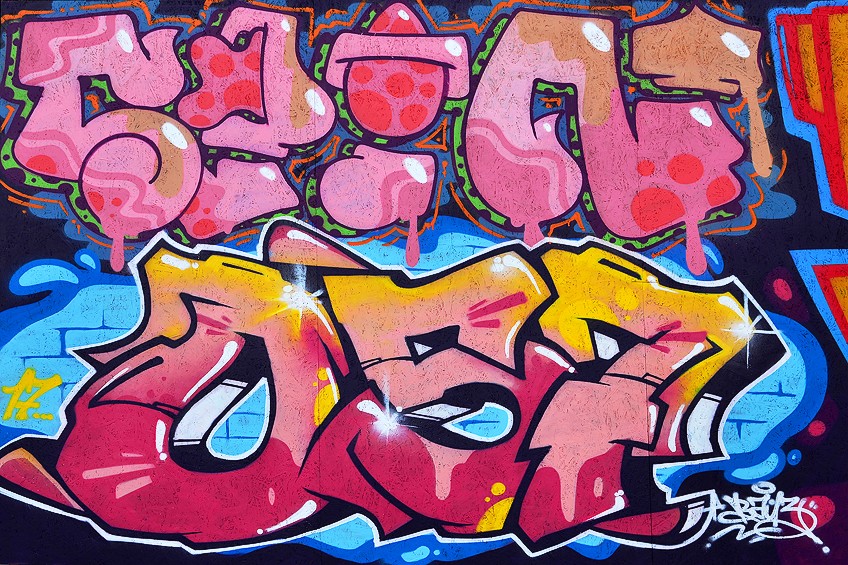
Bubble Graffiti
Bubble graffiti is a style that is influenced by the qualities of bubble-like objects that have a rounded quality to them. Bubble graffiti is another abstract form of graffiti that can often emphasize the round-like shape, making the letters merge into one another.
In some cases, this style of graffiti is often not legible and favors the art style over the text.

Blockbuster Graffiti
Blockbuster graffiti is a large-scale mural approach to graffiti. This style of graffiti is often a massive project for artists and in some cases can be a commissioned work by governments and other larger corporate entities.
This form of graffiti is intended to be seen by the public and be utilized as a marketing tool to disseminate messages.
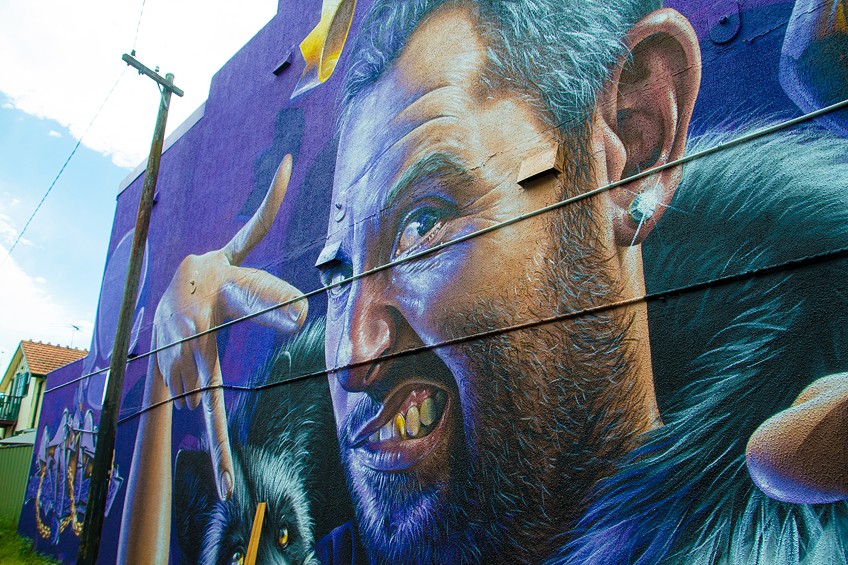
Sticker Graffiti
Sticker graffiti or otherwise known as sticker bombing is a form of graffiti-styled stickers that are generally designed beforehand, which are then printed on sticker paper. This form of graffiti was developed as a means of quick dissemination of graffiti tags.
Sticker tags were a different strategy for the artist to disperse their presence with an easier and quicker method.
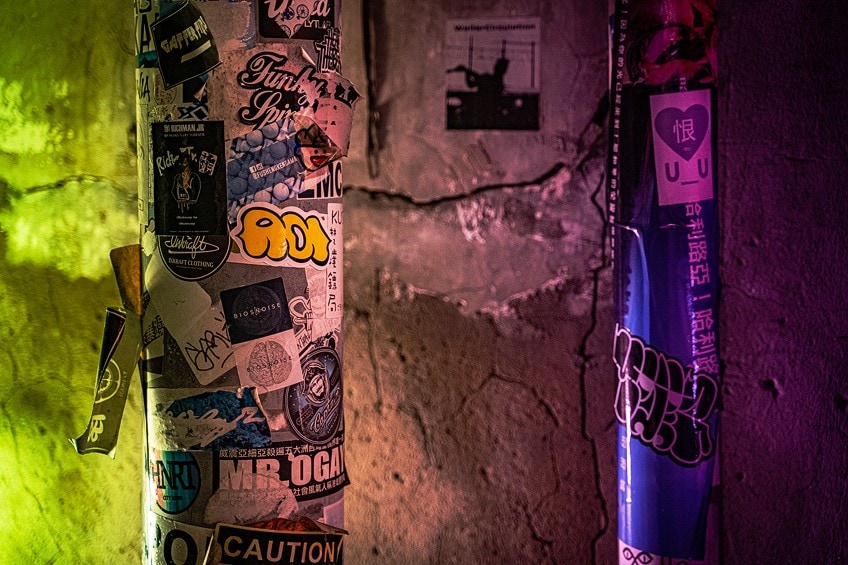
A great thing about sticker graffiti is that the artists can print on a mass scale.
Stencil Graffiti
Graffiti artists have developed different methods of disseminating their work around cities, one of these methods includes stencils. Stencil graffiti is another form of creating work more speedily and efficiently. This form of graffiti is done by creating stencils, using paper, plastic, cardboard, and other mediums where the artists can create a cut-out.
The artist then would spray over the cut-out, leaving a marking on the wall in the shape of that cut-out.

This form of graffiti was utilized during the 60s as a means of public anti-war protesting. The stencil style becomes iconic as a visual strategy for political commentary.
Thus, the aesthetic quality of the stencil graffiti style became synonymous with political current affairs. Artists, such as Banksy, use this style of graffiti to make visual statements on discussion points around politics and war, using the aesthetic power of the stencil and its historical connection to social commentary.
Handstyle Graffiti
Different types of graffiti have been used for different reasons within different contexts. However, the scope of hand-lettering as an artform has picked up graffiti-style letters and has been influenced by the graffiti genre.
Handstyle graffiti has become more popular within the design and fine art contexts, now becoming canonical as a stylistic quality of hand-lettering artworks.

His form of graffiti is also usually used within the category of hand lettering as another text style.

Handstyle graffiti is also a form of practice where artists can work out their graffiti letters and graffiti alphabet styles.
Digital Graffiti
As the world changes so does technology and how art is consumed. Graffiti styles have become a major feature for modern branding, marketing companies, and larger corporations. Graffiti styles are now used as a pop-cultural aesthetic that defines the identity of many modern brands.
This has allowed the artist to utilize their skills within another context, giving them another space for their work to exist.
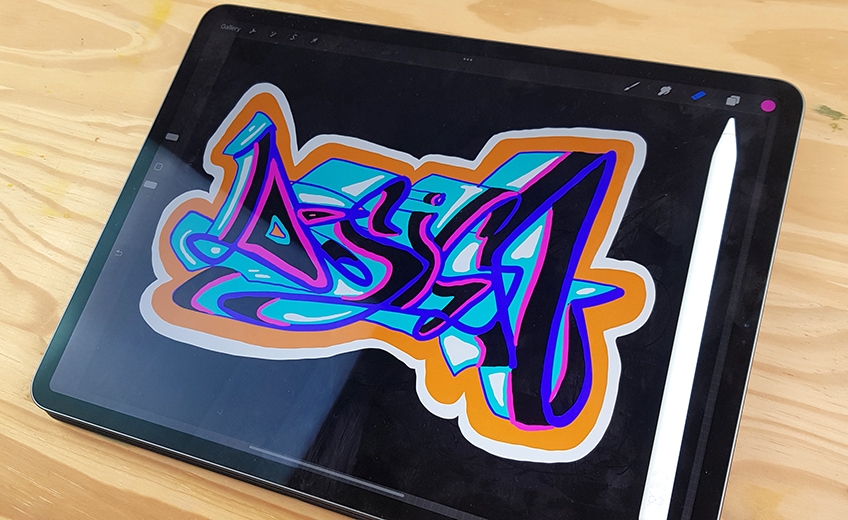
Digital graffiti is the form of graffiti that has been digitalized. This can be done in various ways, whether it be scanned images or more intricate and complex designs done with high-end design applications.
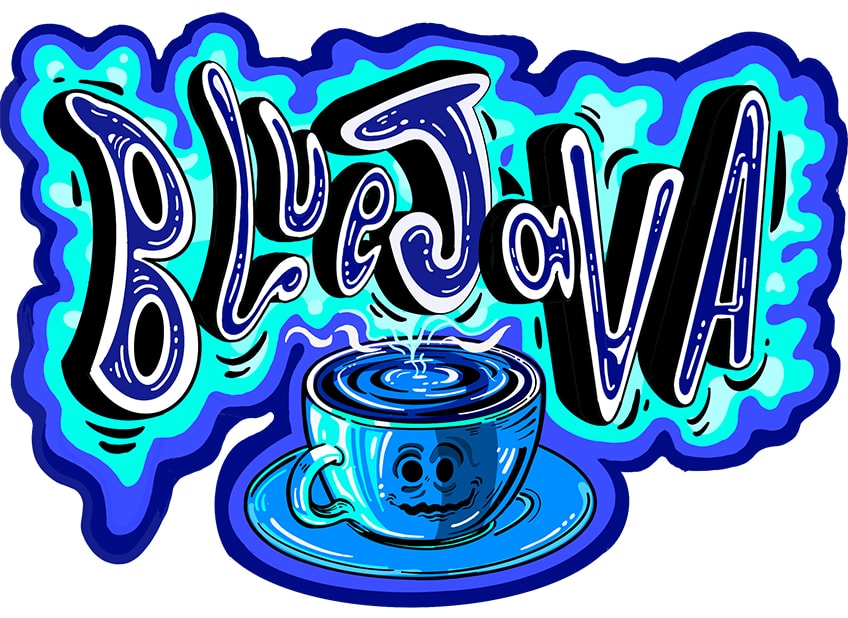
The digitization of graffiti-style work has allowed for massive fellowships to develop around this unique art form.
The Current Social View on Graffiti
The world has changed significantly and how we consume art has done so with it. Such many things of the past, whether it be war, criminal activity, rebellious movements, and other moments of defiance of larger structures have permeated into pop culture. The same can be said for the art form of graffiti. Graffiti was once a territorial strategy associated with a gang-related activity which has now become a popular aesthetic associated with art and pop culture.
The integration of graffiti into various consumer-related industries has manufactured a major attraction to the art form as well as goods and services that use these aesthetics as an identity.
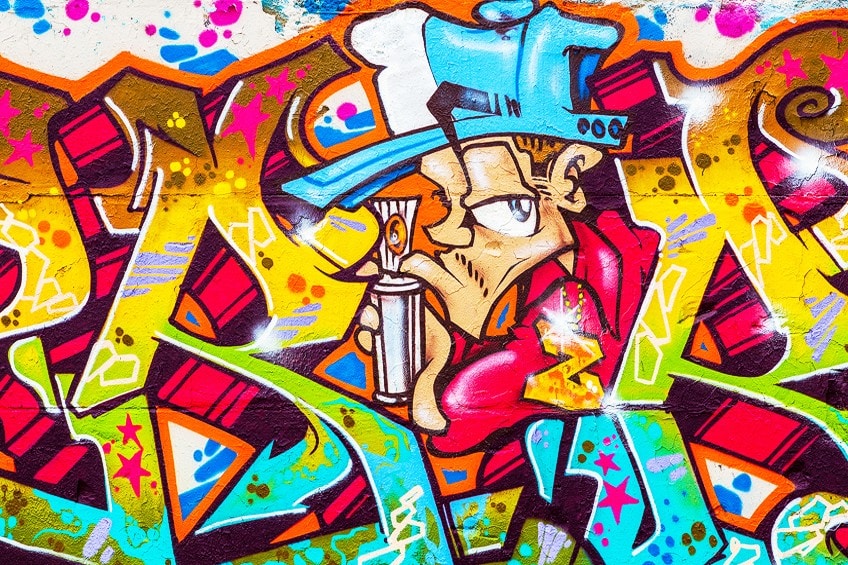
The art form has also been developed so much over the past few decades that it now is a highly desirable aesthetic in high-end design-related industries.
The digitization of the artform has allowed for more spectatorship, cultivating a larger interest from the public. Social media has also become a new way of providing behind-the-scenes spectatorship, giving the public insight into the processes associated with the making of graffiti styles.
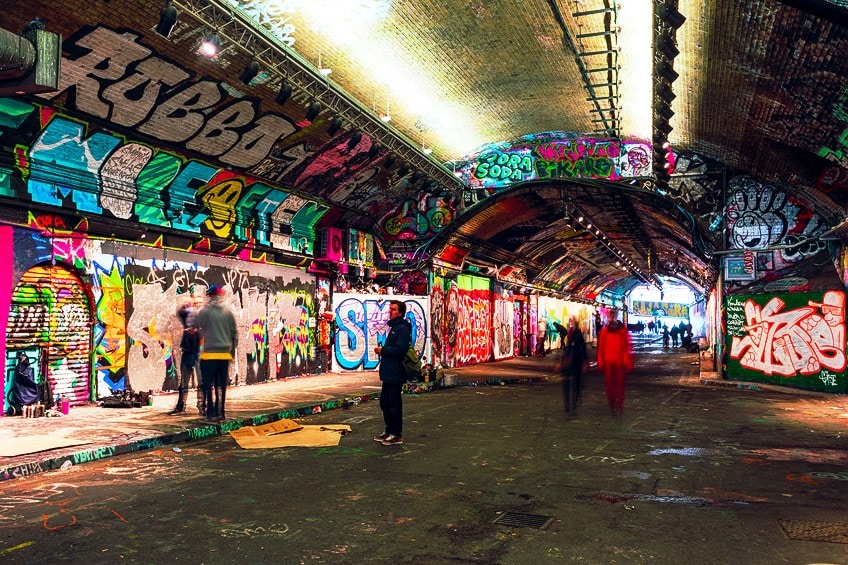
This art form has been utilized in many ways for various outcomes, it has transitioned from a gang-related criminal activity and has transitioned into a highly desirable visual language. In some cities such as Berlin, governments even promote and commission artists to make large blockbuster-styled pieces on the walls of the city. In this context graffiti is seen as a unique feature of the city, making it a special attraction unique to its cultural disposition.
Graffiti styles are seen as a positive aesthetic in many creative fields. Graffiti is a great example of how something that is better understood can be better appreciated. The transition of various graffiti artforms that once have been stigmatized and categorized as criminal has shifted into one that can now be described in a positive light. Both the work and the artists themselves are treasured as local icons within various cities around the world.
Take a look at our types of graffiti webstory here!
Frequently Asked Questions
What Is the Quickest Style of Graffiti?
There are many ways to create graffiti, however, some methods are quicker than others. Some types of graffiti such as graffiti tag styles are usually done really quickly. This is because, for one, the medium often used is spray paint, which can be used really quickly. Another reason is that the style is loose, which requires less intricate detailing. This method of graffiti is done really quickly because the artist usually would like to remain anonymous. In the past there was more social animosity towards the act of graffiti, making it illegal in some public spaces. Thus artists would like to be quick so that they can minimize the chances of being caught. However, now the tagging style has kept the loose quick visual aesthetic and has now become a quick process purely because of the medium and stylistic qualities.
What Are the Most Popular Types of Graffiti?
There are a couple of types of graffiti that have become more popular over the years in different creative contexts. For instance, a more canonical style of graffiti is to work with spray paint on the wall, however, graffiti-style letters have transitioned into digital design. Different types of graffiti styles have influenced the digital design space. Hand lettering is another type of graffiti that has become popular, as this falls into the category of hand-lettering and fine art. This has become a popular influence for artists who utilize their graffiti styles as features for work on canvas, paper, and other two-dimensional surfaces. The muralistic qualities of graffiti allow artists to function in larger spaces, using their graffiti work to be present for a larger public audience. However, many graffiti artists have utilized their skills and unique graffiti styles within other creative contexts.
Is Graffiti Illegal?
The conversations around graffiti are ambiguous as there are different social responses to this unique artform depending on where you are in the world. In some countries, there are negative responses to graffiti as it can still be considered an act of defacement and vandalism. Graffiti styles like wildstyle graffiti can be considered to be a harsh visual statement which could be a lingering social responsibility that comes from the mid-era of the 20th century when graffiti was associated with gang activity. However, in other countries, all types of graffiti are accepted as a public art form and can be correlated with nationally treasured artists. Artists such as Banksy and Victor Ash are revered and admired as artists within the city of Berlin, Germany. So, the conversation fluctuates around graffiti, depending on where you are in the world.
In 2005, Charlene completed her Wellness Diplomas in Therapeutic Aromatherapy and Reflexology from the International School of Reflexology and Meridian Therapy. She worked for a company offering corporate wellness programs for a couple of years, before opening up her own therapy practice. It was in 2015 that a friend, who was a digital marketer, asked her to join her company as a content creator, and this is where she found her excitement for writing.
Since joining the content writing world, she has gained a lot of experience over the years writing on a diverse selection of topics, from beauty, health, wellness, travel, and more. Due to various circumstances, she had to close her therapy practice and is now a full-time freelance writer. Being a creative person, she could not pass up the opportunity to contribute to the Art in Context team, where is was in her element, writing about a variety of art and craft topics. Contributing articles for over three years now, her knowledge in this area has grown, and she has gotten to explore her creativity and improve her research and writing skills.
Charlene Lewis has been working for artincontext.org since the relaunch in 2020. She is an experienced writer and mainly focuses on the topics of color theory, painting and drawing.
Learn more about Charlene Lewis and the Art in Context Team.


